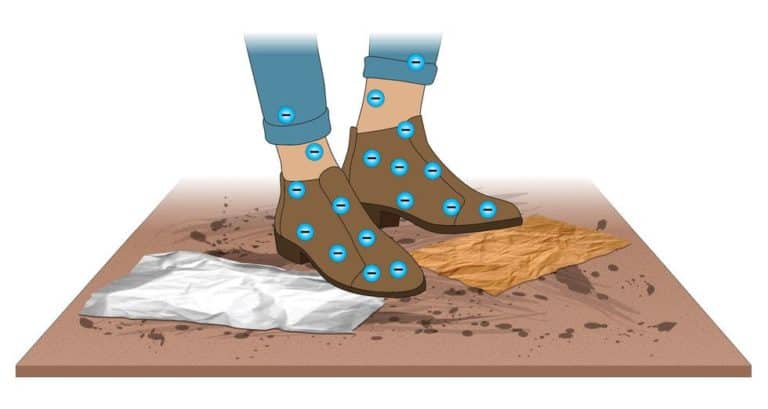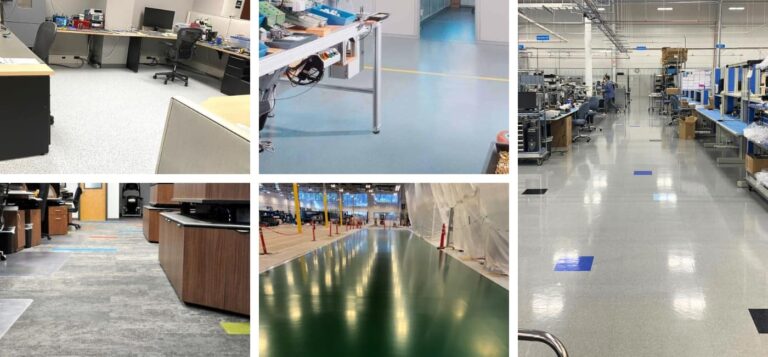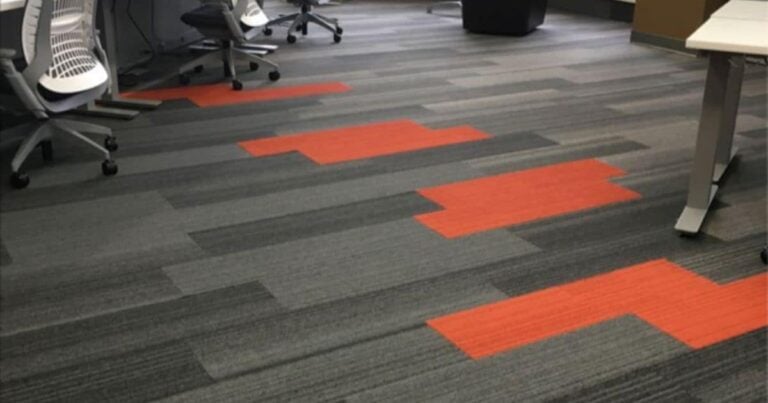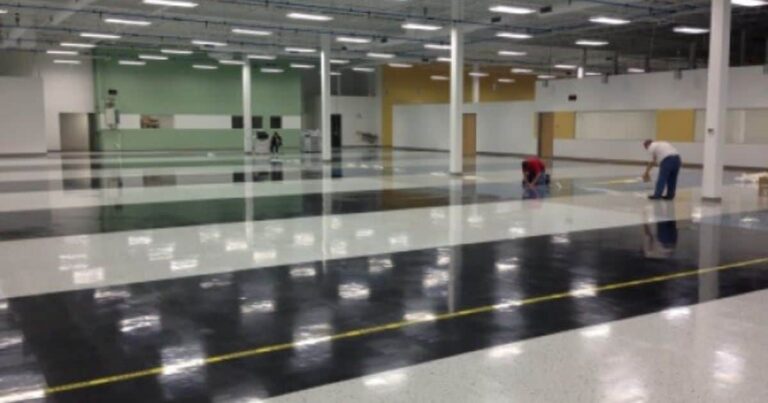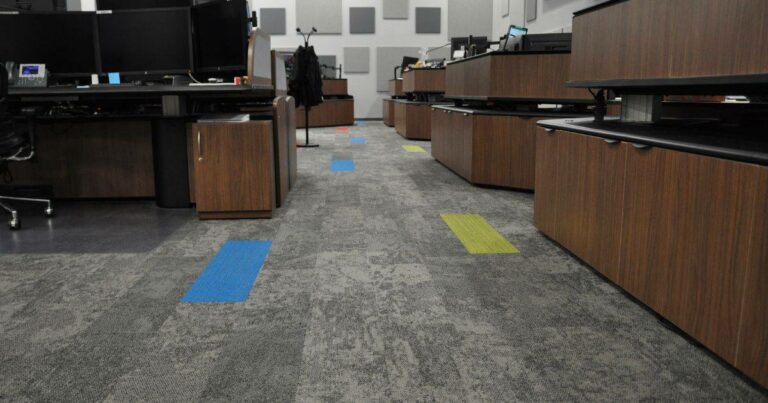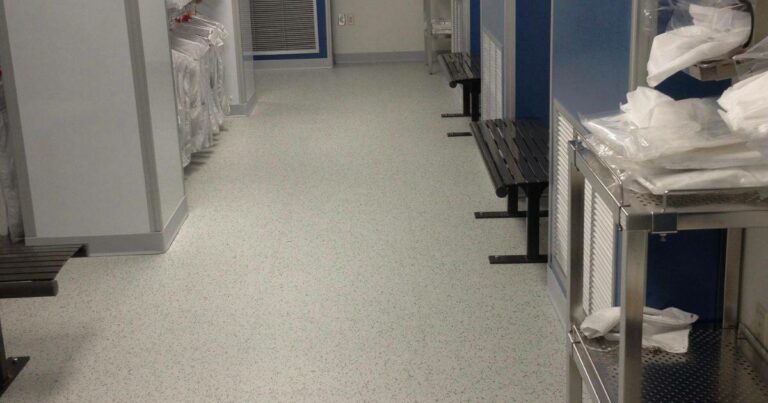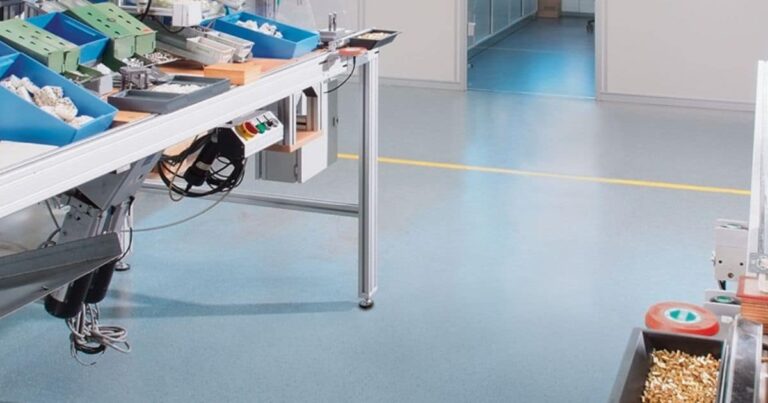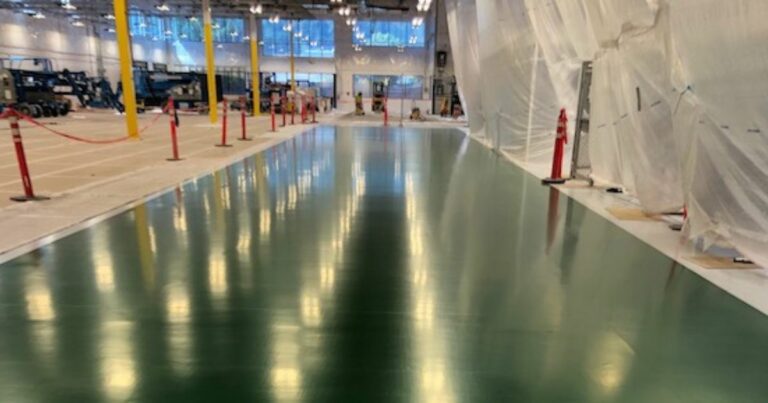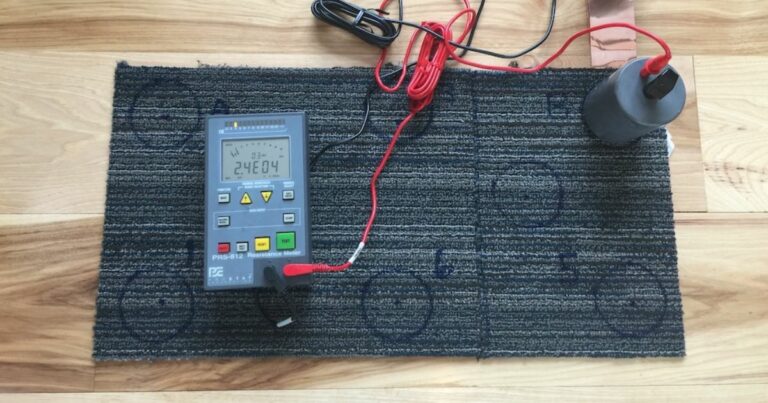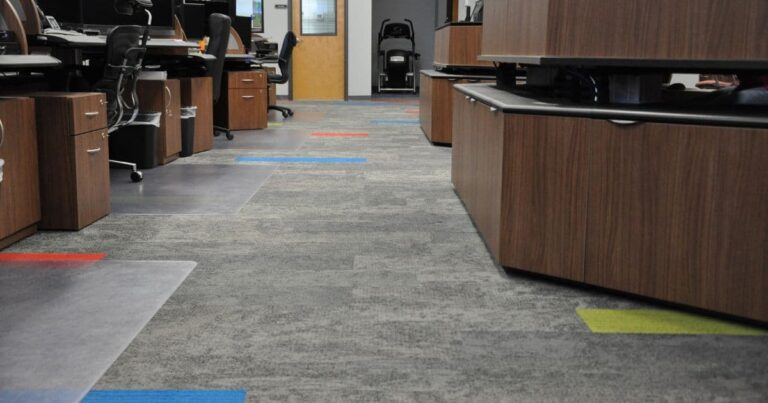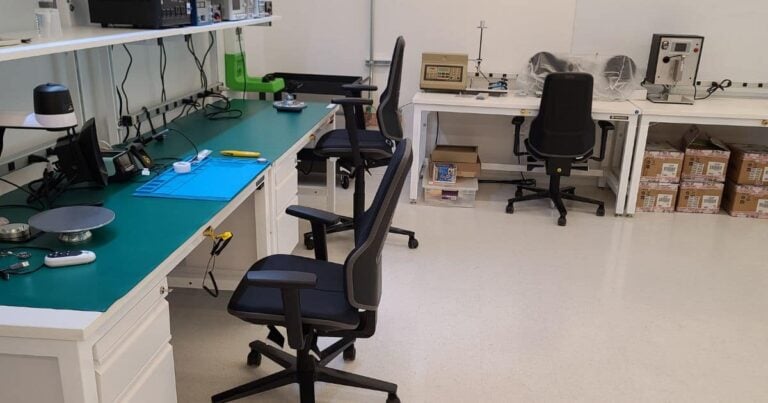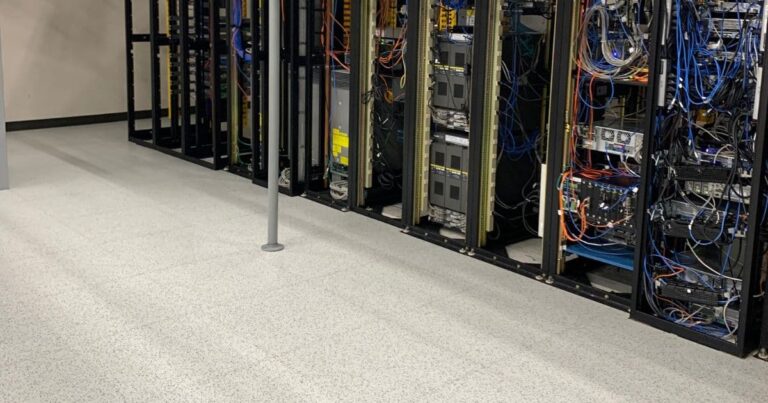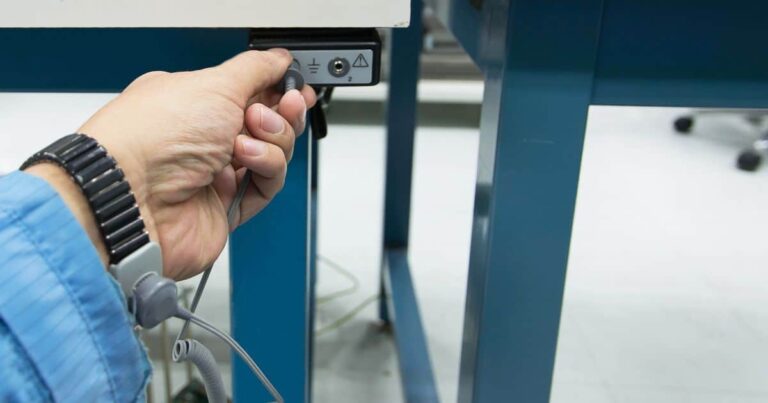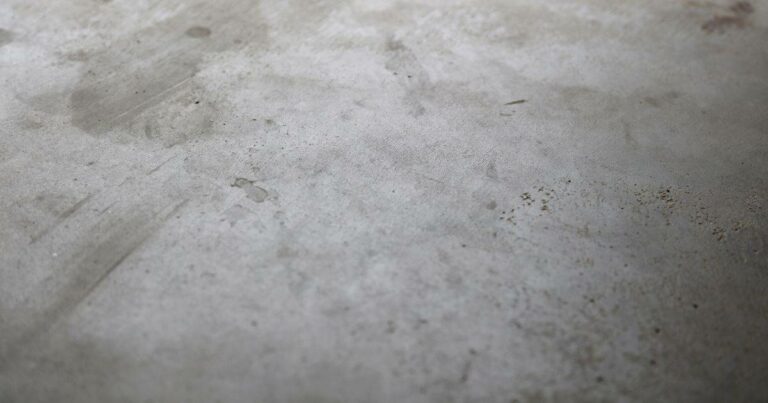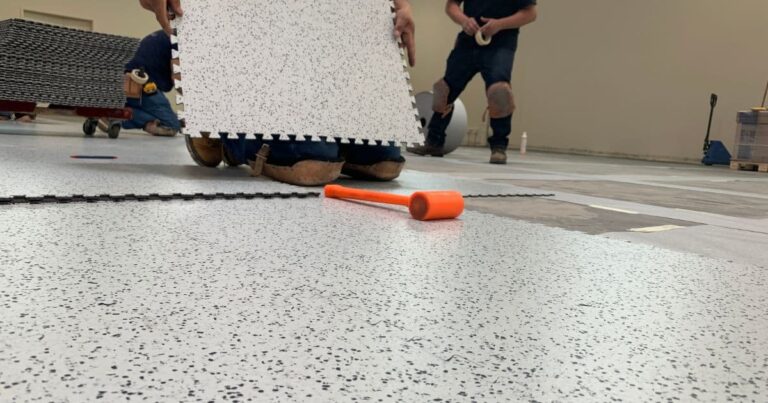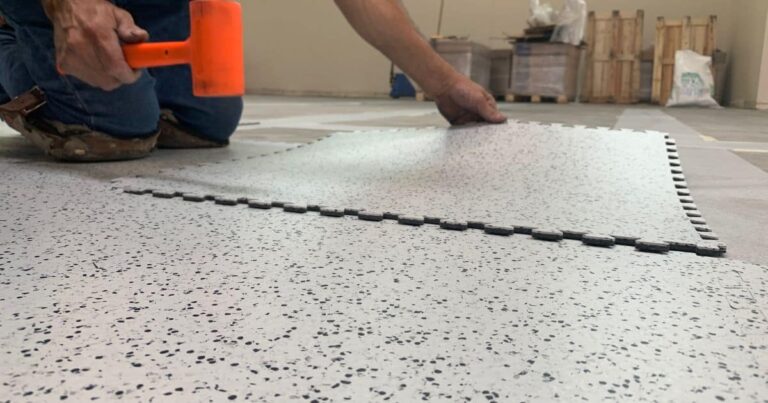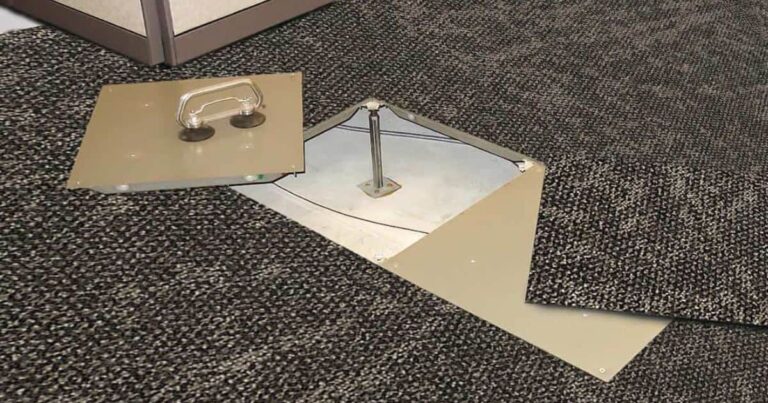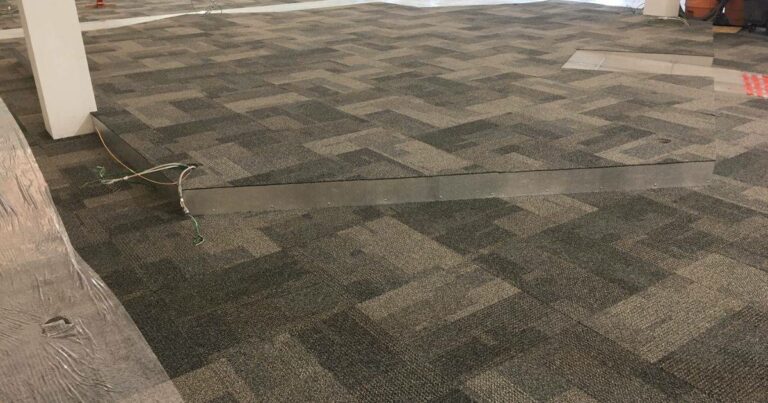FAQ: What is static-dissipative flooring?
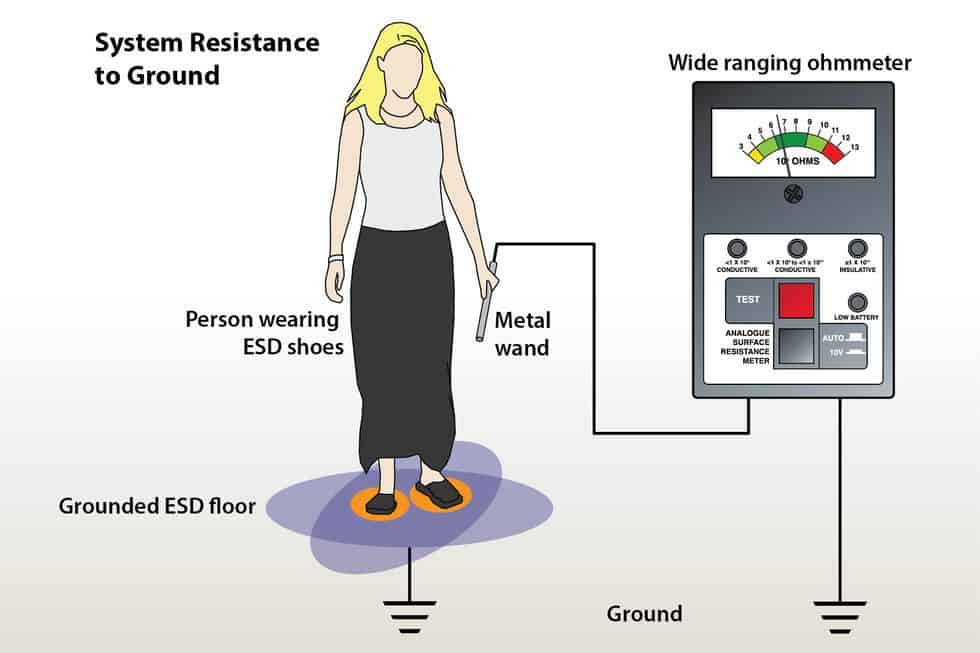
Static-dissipative flooring is a type of flooring that protects sensitive electronics by transporting harmful static charges to ground. Static-dissipative flooring is often used in facilities where people rely on electronic equipment to do their jobs and the equipment is crucial to the facility’s core operation. Static-dissipative is a term, or category, within the broader category of ESD flooring. To be categorized as static-dissipative, a floor must measure ≥ 1.0 x 10E6 and <1.0 x 10E9. Measurements must be taken with an ohm meter and tests conducted according to guidelines in ANSI/ESD STM7.1. A floor that does not measure between 1.0 x 10E6 and 1.0 x 10E9 is not static dissipative.
Twitter
LinkedIn
Facebook
Reddit
Pinterest
Email
More FAQs
Learning Center Articles
- ESD Basics
- Installation & Maintenance
- Selecting & Specifying an ESD Floor
- Technical Information
- 7 Common Mistakes Selecting an ESD floor
- A Guide to ESD Flooring Selection
- Avoid Costly Failures: What You Need to Know When Specifying ESD Flooring
- Choosing ESD Flooring for:
- ESD Footwear: What Is It and When Is It Necessary?
- ESD Footwear for Electronics Manufacturing and Handling Applications
- Facility Managers’ Guide to Selecting ESD Flooring
- The Need for Due Diligence in Specifying Static-Free Flooring
- Standard of Care for Specifying Floors in Mission-Critical Spaces
- Understanding the Hidden Costs of ESD Flooring

Play Video
StaticWorx high-performance static-control floors protect electronic components, explosives, and high-speed computers from damage caused by static electricity. ESD flooring is part of a system. Choices should always be based on objective, researched evidence. When you partner with us, we look at all possible items that may need to integrate with the floor, and, focusing on your goals and objectives, help you find the right floor for your application.







